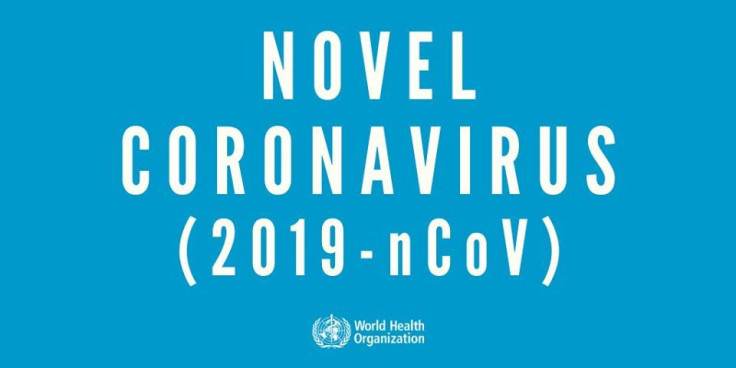With the deadly novel coronavirus infecting thousands and killing hundreds of people in at least 27 countries since early January, people wonder when this new threat will end. As to whether this mysterious new bug will soon die down like the 2002’s severe acute respiratory syndrome (SARS) or will sweep the world for much longer, experts have different predictions.
Now that the World Health Organization (WHO) has declared the coronavirus outbreak a public health emergency of international concern, many virology experts believe that containing the outbreak won’t be as easy as it was containing SARS, despite their parallels. According to John Nicholls, a clinical professor of pathology at the University of Hong Kong, the novel coronavirus has greater transmissibility than SARS, making it much harder to contain.
The good news, however, is that after studying how the new coronavirus interacts with human tissue, public health virologist Malik Peiris found out that the novel coronavirus has a lower fatality rate than SARS. While SARS had a global death rate of 9.6%, the novel coronavirus has 2.1%.
“The case fatality rate doesn’t count the milder cases that don’t come to medical attention—and there does seem to be quite a number of those,” said Peiris. “Hopefully, the severity of the disease is much lower than what we believe or what is apparent at the moment, and so the overall outcome may not be as dire as what some people think at this point in time,” he added.
Zhong Nanshan, a medical scholar and a hero in the 2003 fight against SARS, claimed that the coronavirus would peak this coming weekend and would start to abate gradually from there. However, Gabriel Leung, a professor of public health medicine in Hong Kong, said the number of coronavirus cases around the world would not peak until around mid-April or mid-May.
Other medical experts, on the other hand, believe that it is impossible to contain the coronavirus and totally eliminate it from human circulation like SARS, so it might be here to stay. According to them, the new coronavirus would be like the H1N1, the strain of flu responsible for the 2009 flu pandemic that is now known as a seasonal virus.
If that is the case, then like the H1N1 or swine flu, the novel coronavirus could become a common global illness and become one of those respiratory bugs responsible for the common colds and other illnesses during the colder season. While the H1N1 fly continues to circle the globe today as a seasonal virus, it now causes far less damage than it did on its first deadly year.
“It’s very daunting to contain a respiratory virus, as we saw with H1N1,” said John Hopkins Center for Health Security scholar Dr. Amesh Adalja. “This coronavirus might establish itself as one of our community coronaviruses that we contend with for some time during respiratory virus season,” he added.
As the new coronavirus continues to haunt different countries around the globe, scientists and government officials continue to come up with ways to slow down its spread and determine what it might do next. Until a cure for this virus remains unknown, no one can speculate on when the coronavirus outbreak will retreat.

© 2025 Latin Times. All rights reserved. Do not reproduce without permission.



